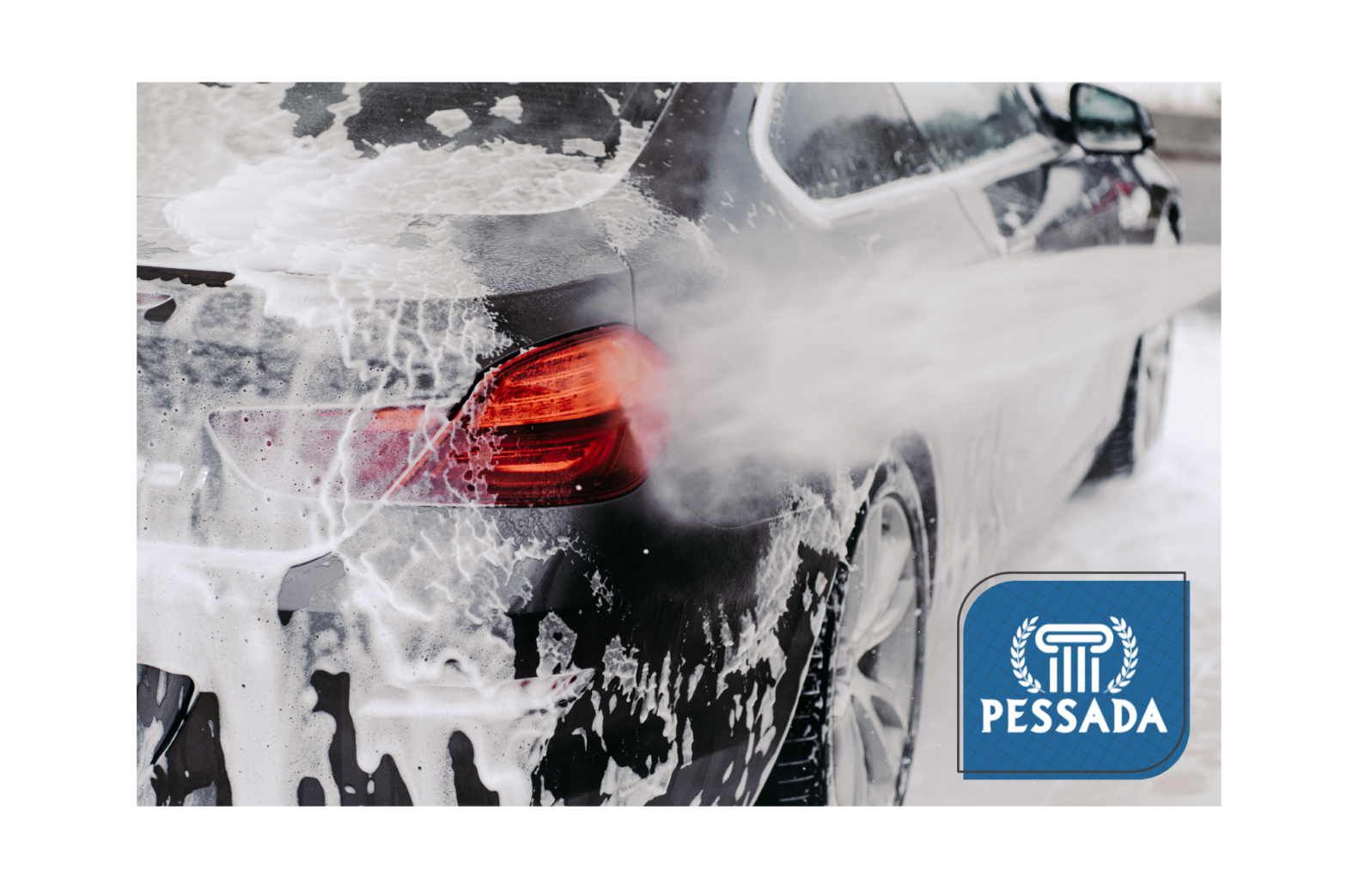Why You Must Wash Road Salt Off Your Car Immediately – The Hidden Damage and Repair Costs You Can Avoid

The Hidden Danger Lurking After Winter Roads and Coastal Drives
Winter roads may be safer with salt, but that convenience comes at a hidden cost — severe corrosion and rust damage to your vehicle. Similarly, if you live near the ocean, constant exposure to salt air can silently eat away at your car’s body and undercarriage. This article explains why removing road salt and protecting against salt air is essential, how to do it correctly, and what repair costs you could face if you skip this crucial maintenance step.
What Happens When Salt Stays on Your Car?
The Chemistry of Salt and Corrosion
When salt mixes with moisture (whether from melted snow or humid ocean air), it accelerates the process of oxidation on metal surfaces. This leads to the formation of rust, especially in hidden, vulnerable areas like:
- The undercarriage
- Brake lines and suspension
- Wheel wells
- Exhaust system
How Quickly Does Road Salt Cause Rust?
According to AAA, rust can begin forming within days if salt remains on your car in the right conditions — especially in freezing and thawing cycles common in winter climates.
The Expensive Consequences of Salt Neglect
Ignoring salt removal can lead to:
✅ Brake line corrosion – $500 to $1,000 to replace
✅ Frame rust repair – $2,000 or more for structural damage
✅ Premature exhaust failure – $400 to $1,200
✅ Significant resale value loss – Rust greatly reduces your car’s market appeal
(Source: Consumer Reports)
Best Practices – How to Wash Road Salt Off Your Car Properly
Start with a Full Rinse
Use fresh water to flush off loose salt. Pay special attention to:
- Undercarriage
- Wheel wells
- Seams and panel gaps
Use pH-Balanced Soap
A soap designed for winter car washing helps neutralize the salt residue without stripping protective waxes.
Don’t Skip Undercarriage Cleaning
Most road salt damage starts underneath. Use either:
- A professional car wash with undercarriage spray
- A hose attachment designed for undercarriage rinsing
Apply Protective Wax or Sealant
A high-quality wax or ceramic coating acts as a protective barrier, helping to repel salt, water, and grime.
How Often Should You Wash Off Salt in Winter?
Experts recommend washing every 10 to 14 days, or immediately after:
- Driving on heavily salted roads
- Thaws that expose built-up salt
- Major snowstorms with heavy salt application
(Source: Carfax)
Don’t Forget Ocean Salt – Year-Round Threat for Coastal Drivers
If you live near the beach, salt air can corrode your vehicle even without snow or road salt. According to SeaGrant, cars parked near the coast are prone to:
- Surface rust on exposed metal
- Paint oxidation
- Undercarriage corrosion from sea spray
Professional Car Wash vs. DIY Salt Removal – Which is Best?
| Professional Car Wash | DIY at Home | |
|---|---|---|
| Undercarriage Cleaning | ✅ Stronger Equipment | ⚠️ Harder to Reach |
| Salt-Specific Products | ✅ Specialized | ⚠️ May Use Wrong Soap |
| Convenience | ✅ Fast | ⏳ Time-Consuming |
| Cost | 💲 Moderate | ✅ Lower |
Protect Your Investment – Act Now to Avoid Expensive Repairs
Salt damage is avoidable — but only if you take action. Regular washing, undercarriage cleaning, and protective coatings can save you from costly rust repairs and maintain your car’s resale value.
For more expert maintenance tips and seasonal car care advice, visit the Pessada Education Center.
Conclusion
Salt is one of the most damaging elements your car will face — whether from winter roads or coastal living. Don’t let rust steal your car’s life and value. By following these salt removal best practices and washing your vehicle regularly, you can drive confidently knowing your investment is protected.


